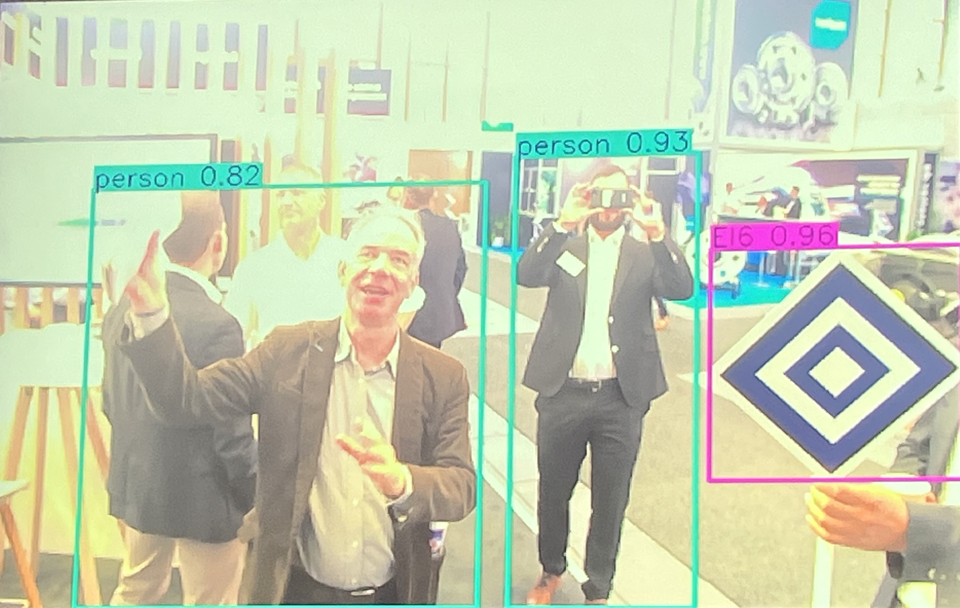RAIL Editor Dickon Ross reflects on the future of rail safety, from the Innotrans rail technology show in Berlin.
On October 5, it will be the 25th anniversary of the Ladbroke Grove disaster, which claimed 31 lives and injured hundreds more. It led to an inquiry that instigated important changes in safety governance, including new regulatory bodies that are still in existence today.
RAIL Editor Dickon Ross reflects on the future of rail safety, from the Innotrans rail technology show in Berlin.
On October 5, it will be the 25th anniversary of the Ladbroke Grove disaster, which claimed 31 lives and injured hundreds more. It led to an inquiry that instigated important changes in safety governance, including new regulatory bodies that are still in existence today.
Our feature (pages 34-37) looks at the results of those changes after Ladbroke Grove. They made a real difference, saving lives in the years since.
Rail remains one of the safest ways to travel. It is certainly safer than car travel. There are so many deaths on the roads each year that the rail industry might feel with some justification that its accidents are given more publicity than they deserve.
But that public concern is inevitable when driving is handed over to someone else - or something else in the case of driverless vehicles. Driverless trains, like driverless cars, will have to be safer than the human in the driving seat to be acceptable.
The safety regime will soon be reshaped as a result of the Great British Railways. But now technology has a key role to play.
I’m writing this at the huge InnoTrans rail industry exhibition in Berlin, where rail suppliers from all over the world converge to show off the latest developments.
The day before this year’s event opened, German Federal Minister for Digital and Transport Affairs Volker Wissing called InnoTrans a “firework display of innovations”.
And much of that new technology - alongside digitalisation and climate adaptation - is to promote safety. It’s identified here as still one of the top drivers for innovation, despite all the other huge agents of change shaping the industry’s future.
Three innovations I saw at this year’s InnoTrans illustrate how technology in three different stages of development each takes collision avoidance to another level of safety sophistication.
Alstom was proudly showing off its BVG Flexity tram equipped with optical detection to detect other road users, similar to that found in new car models.
When it detects a hazard, it sounds an alarm so the driver can respond. And if they don’t, it automatically slows the tram to avoid the collision.
Bosch Engineering’s Tram Assist Suite takes this further, with four types of sensor - camera, LiDAR, radar, and ultrasound technology.
It will detect the locations, but also the intentions of other traffic all around - from people stepping in front to cars or other trams ahead, and movements such as lane changes on the flank.
“Our tram flank assist warns the tram driver of an imminent danger at an early stage, allowing them to adapt their driving accordingly and, in many cases, prevent an accident from occurring,” said Heiko Mangold, head of rail technology at Bosch Engineering GmbH.
It detects signs and signals, too, and even monitors the driver’s gaze, expressions and posture, allowing it to detect any signs of tiredness or distraction. Heading for a collision, it too first sounds an alarm for a few seconds before braking.
Bosch is also involved in the project Automated Train, run by Deutsche Bahn’s Digitale Schiene Deutschland.
In Hamburg already, the Automated Train takes itself back to the depot at the end of a driver’s shift, and from the depot to the start of a route in time for the next driver’s shift.
And that’s just the start, with R&D working towards total automation.
As with cars, the technology has to prove itself as much safer than humans, not just equally safe. The size of capital commitments and long lifecycles makes the rail industry relatively slow to adopt new technology. But rail is not immune to change and that pressure for change will grow - in large part for safety.
Login to continue reading
Or register with RAIL to keep up-to-date with the latest news, insight and opinion.



















Login to comment
Comments
No comments have been made yet.